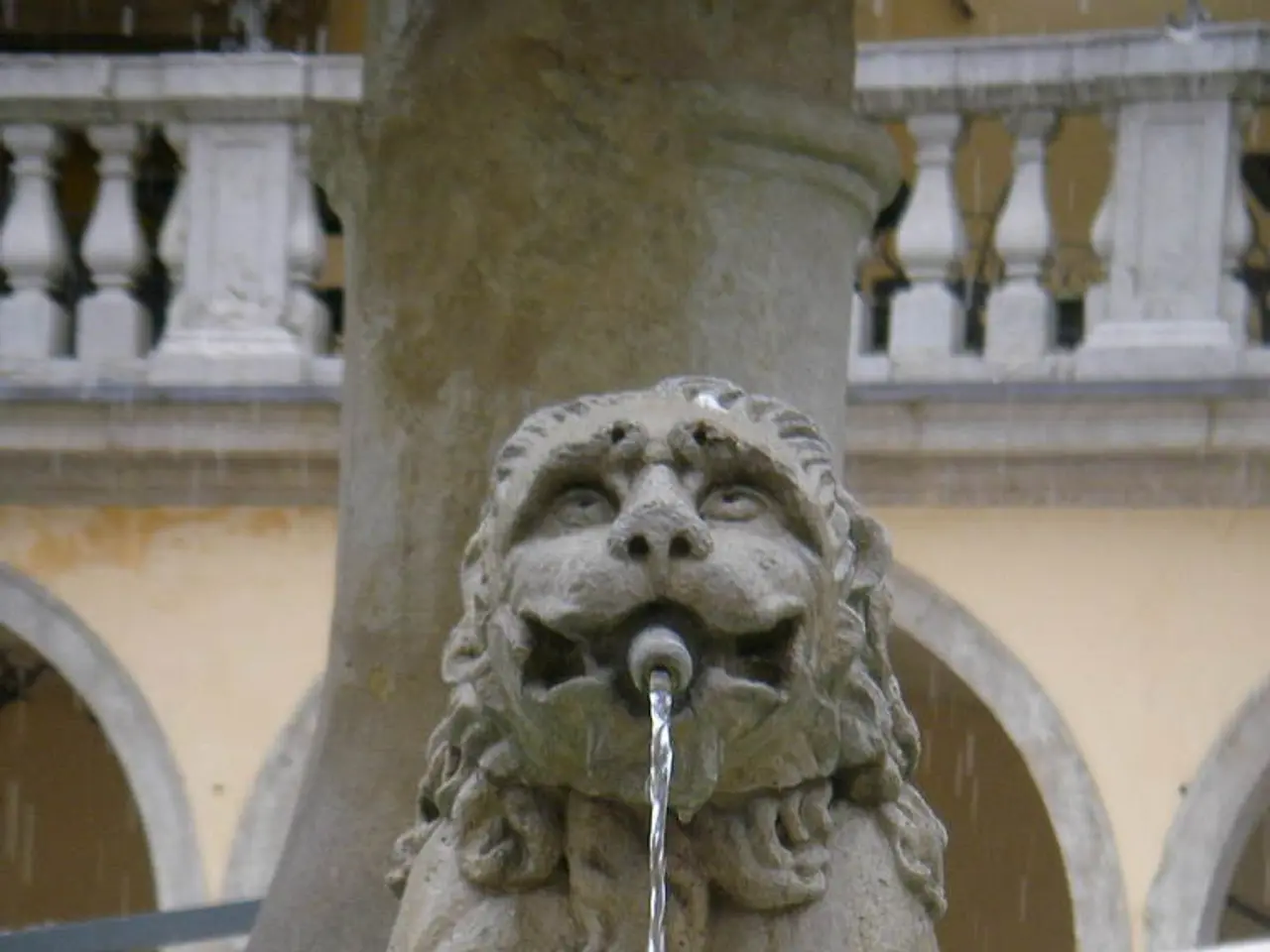Museums'part in Cultural Preservation
Museums and cultural institutions play a pivotal role in our society, serving as guardians of cultural heritage and catalysts for social change.
These institutions often use colour and other elements to enhance the visitor experience, bringing art and history to life. They provide a platform for artists to express views on pressing social issues, such as inequality, discrimination, and human rights. By doing so, they help raise awareness and provoke meaningful conversations about these issues through creative expression.
One of the key ways museums preserve and promote cultural heritage is through conservation and preservation. They maintain and stabilize artifacts to slow deterioration, using professional conservators and scientific methods to treat, restore, and protect objects from damage caused by environmental factors like light, humidity, and handling. Museums often have specialized laboratories and employ modern preservation techniques such as controlled storage and restoration to keep collections intact for future generations.
Another important aspect is collection management and documentation. Cultural institutions systematically inventory, catalog, and monitor artifacts to ensure their condition is continuously assessed. This includes rehousing delicate items in safer materials and documenting cultural practices and traditions to support their cultural significance.
Education and promotion are also crucial. Museums promote awareness and appreciation of cultural heritage by providing educational programs, exhibitions, and public outreach that highlight the importance of preserving cultural artifacts and traditions. They facilitate cultural education, exposing visitors to historical contexts and diverse cultural expressions, thus supporting ongoing cultural significance.
Beyond traditional artifacts, institutions such as culinary museums engage communities by preserving cultural food heritage, adding to the broader understanding and promotion of culture through unique experiences.
Museums also serve as community hubs, offering spaces for social interaction, recreation, and civic engagement. They contribute to local communities by attracting tourists and creating jobs. The arts and cultural sector generates revenue for businesses such as restaurants, hotels, and shops through tourism.
Moreover, the arts and cultural sector has the power to challenge prevailing narratives and advocate for social justice through its programming. It can amplify marginalized or silenced voices by commissioning work from artists committed to addressing social issues. Museums serve as custodians of historical artifacts, documents, and artworks, ensuring their preservation for future generations.
In addition, museums contribute to economic growth through employment opportunities for artists, curators, educators, and other professionals. The sector generates income through selling tickets to performances, artwork, merchandise, and other products.
Lastly, museums play a role in promoting cultural diplomacy and international collaboration. They serve as a bridge between nations, fostering dialogue and understanding among different communities through exhibitions and events.
In summary, museums and cultural institutions serve as guardians of cultural heritage by employing expertise in conservation and restoration, maintaining detailed collections oversight, and engaging the public through education and cultural experiences that foster ongoing cultural significance. They are not just repositories of the past, but vibrant spaces that help us understand and navigate the present and shape the future.
[1] Museums Association. (2021). The role of museums. Retrieved from https://www.museumsassociation.org/what-we-do/advocacy/policy-campaigns/role-of-museums [2] American Alliance of Museums. (2021). The value of museums. Retrieved from https://www.aam-us.org/advocacy/value-of-museums/ [3] Getty Conservation Institute. (2021). Preservation and conservation. Retrieved from https://www.getty.edu/conservation/ [4] Smithsonian Food & History. (2021). Culinary history. Retrieved from https://foodhistory.si.edu/ [5] National Endowment for the Arts. (2021). The arts and humanities. Retrieved from https://www.arts.gov/
- Museums and cultural institutions, as guardians of cultural heritage, not only preserve artifacts but also foster social change by using elements like color to enliven artwork and history, and by providing a platform for artists to express opinions on social issues.
- Beyond traditional artifacts, culinary museums play a significant role in preserving cultural food heritage, creating unique experiences and enhancing understanding of diverse cultures.
- By serving as community hubs, museums contribute to local economies by attracting tourists, generating jobs, and providing revenue for businesses.
- In addition to their role in preservation, museums engage in cultural diplomacy and international collaboration, fostering dialogue and understanding among different communities through exhibitions and events.




